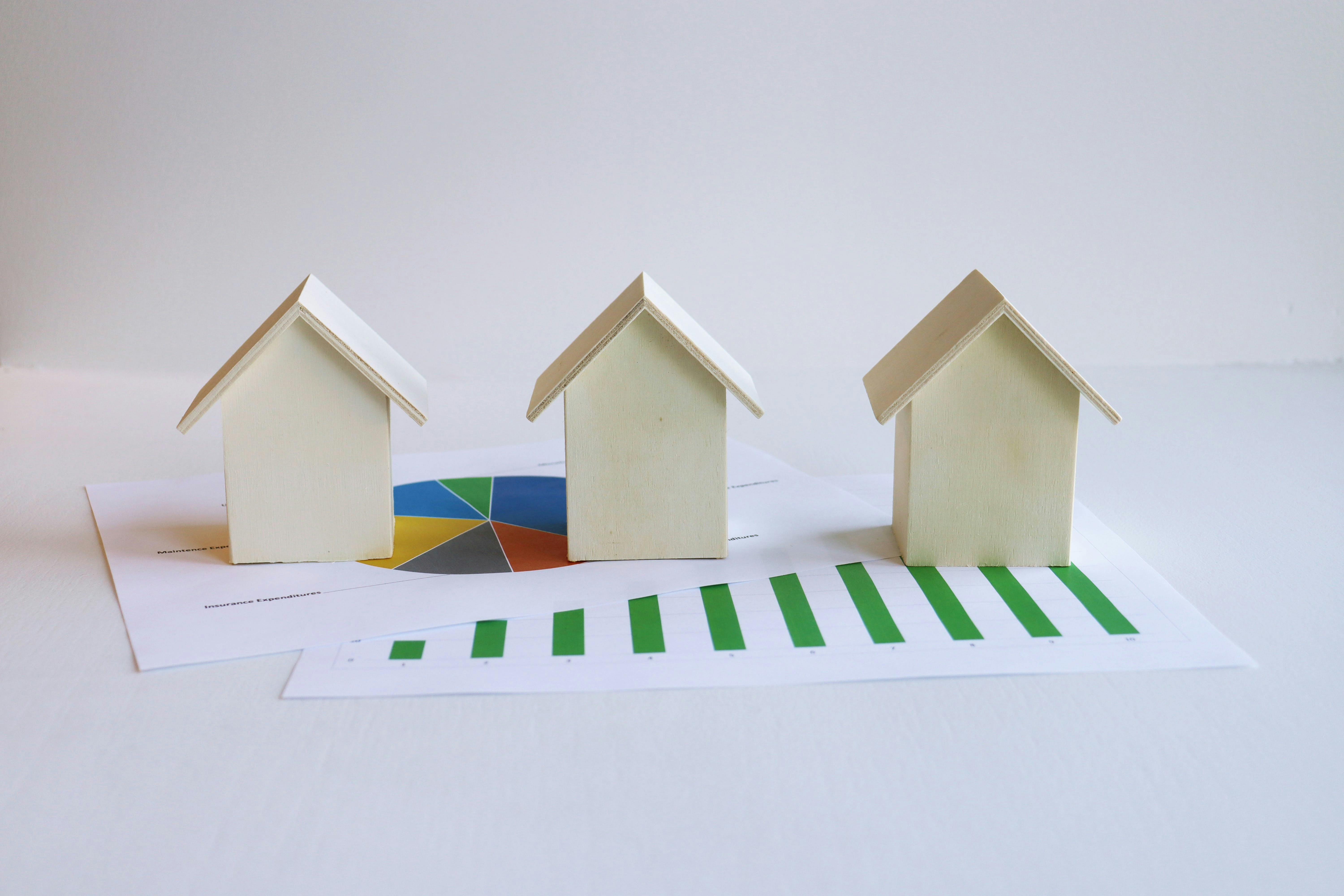The Fusion of Traditional and Contemporary in Modern Home Design
Introduction: Imagine stepping into a house where the past and present coexist harmoniously, where antique heirlooms meet modern accents, traditional design elements are redefined by contemporary styling. This is the essence of transitional style—a unique design genre that combines the comfort of classic design with the clean lines of contemporary decor.

Transitional Style: A Brief Background
Transitional style is the marriage of traditional and contemporary furniture, finishes, materials, and fabrics. It’s a classic, timeless design. While the style may have several interpretations, it generally encapsulates a balance of modern and traditional elements. The beauty of transitional style lies in its flexibility—it allows homeowners to mix old and new, East and West, luxurious and humble in a way that is fresh, unique, and personal.
Defining Aesthetics of Transitional Design
Transitional design incorporates a blend of new takes on old classics. It’s about mixing rather than matching, with an overall tone that is elegant and sophisticated. Key elements of this style include a neutral color palette, simple but sophisticated furniture with clean lines, minimal ornamentation, and a mix of textures and materials. The amalgamation of different styles results in an aesthetically pleasing and welcoming atmosphere.
The Practicality of Transitional Design and Market Trends
Transitional design is all about balance and harmony, making it a practical choice for many homeowners. It offers the opportunity to showcase personal style while still maintaining a cohesive, polished look. This adaptability has contributed to its growing popularity. According to a report by the National Kitchen and Bath Association, transitional design has emerged as the top kitchen design trend in recent years, a testament to its broad appeal.
Enhancing Daily Living with Transitional Design
Transitional design is more than just a visual treat—it’s a way to create a home that feels comfortably classic yet thoroughly modern. By blending old and new, this style allows for a unique personal expression. Whether it’s a treasured antique sideboard paired with a sleek modern sofa or an ornate mirror hanging above a minimalist console table, transitional design elements can make a home feel both stylish and welcoming.
Designing a Transitional Style Home: Expert Insights
Designing a transitional style home involves striking the right balance between contemporary and traditional elements. It’s about creating a space that feels both fresh and familiar. Experts suggest starting with a neutral base then layering with different textures and finishes. Adding a dash of color through accessories or artwork can add personality and warmth to a space. The key is to create a cohesive look that speaks to both past and present, a space that tells a story and reflects the homeowner’s unique style.
In conclusion, transitional design offers a balanced, versatile approach to home styling. It’s a testament to the timeless appeal of classic design and the irresistible allure of modern aesthetics. As homeowners continue to seek out designs that are personal, inviting, and stylish, the popularity of transitional style is likely to endure.




